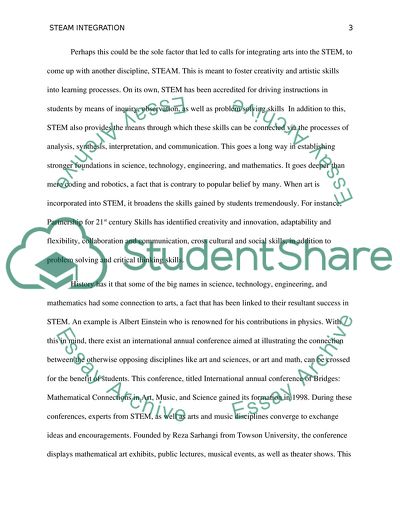Cite this document
(Using Art and Music to Teach Math and Science Essay, n.d.)
Using Art and Music to Teach Math and Science Essay. https://studentshare.org/education/1811866-using-art-and-music-to-teach-math-and-science
Using Art and Music to Teach Math and Science Essay. https://studentshare.org/education/1811866-using-art-and-music-to-teach-math-and-science
(Using Art and Music to Teach Math and Science Essay)
Using Art and Music to Teach Math and Science Essay. https://studentshare.org/education/1811866-using-art-and-music-to-teach-math-and-science.
Using Art and Music to Teach Math and Science Essay. https://studentshare.org/education/1811866-using-art-and-music-to-teach-math-and-science.
“Using Art and Music to Teach Math and Science Essay”. https://studentshare.org/education/1811866-using-art-and-music-to-teach-math-and-science.


